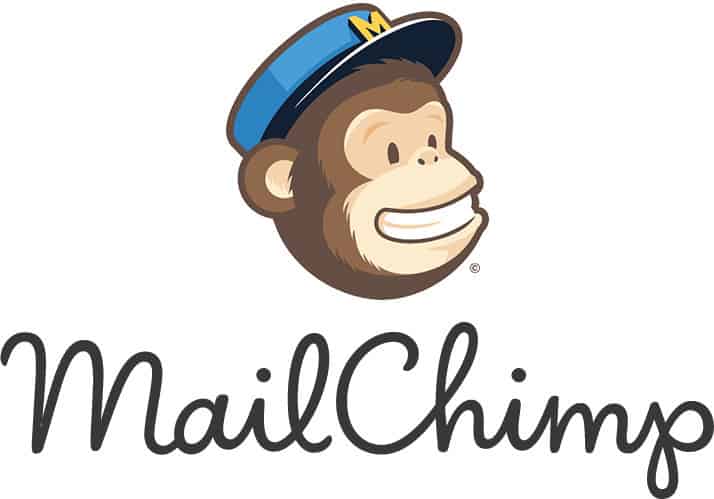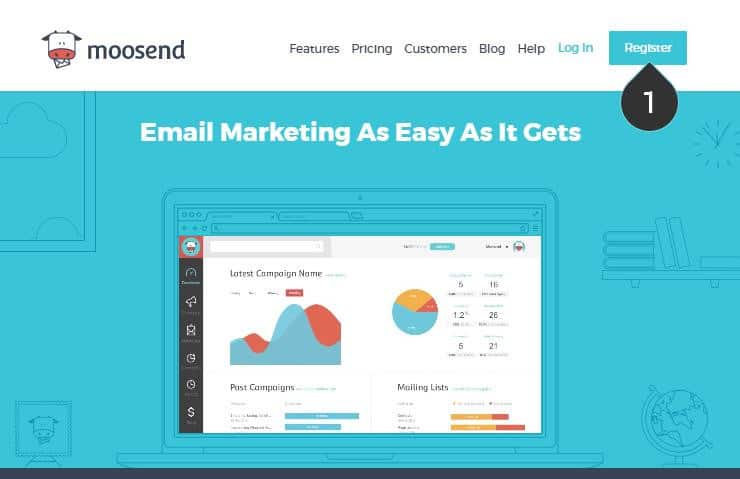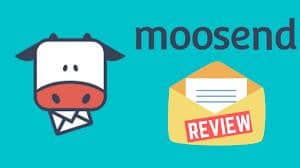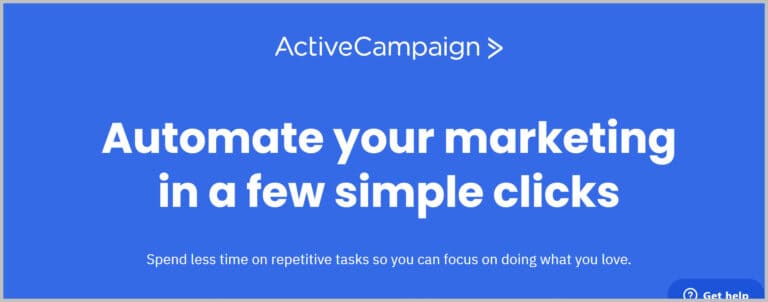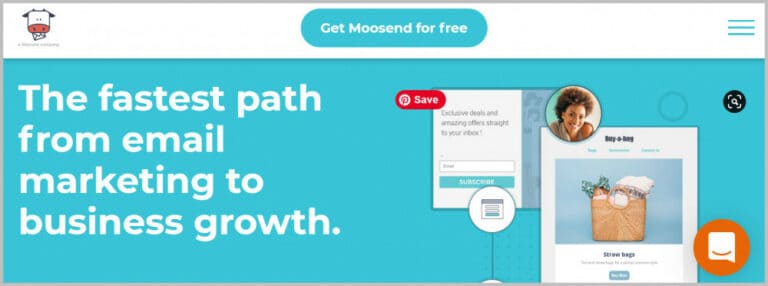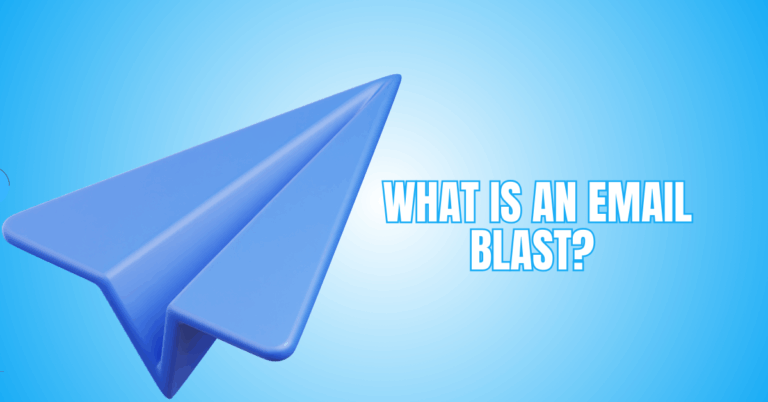Mailchimp – Best Tutorial For Beginners
Mailchimp – Best Tutorial For Beginners
Mailchimp is an all-in-one email marketing platform beneficial for all business sizes but is most commonly used by companies with between 10 and 50 employees. However, it will certainly save you valuable time when you deal with it if you are managing a smaller business.
1. Start With Mailchimp — What Is Your Dashboard
The first thing to do with Mailchimp is setting up an account, and once you log in with your account, you will be taken to the dashboard by default.

You see four tabs at the top of this page:
Campaigns
Mailchimp is just like other email marketing platforms based on campaigns. Campaigns are basically including emails, landing pages, and other links you will send to your customers. We are going to go deeper into the campaign in section 5 of this tutorial.
Templates
You can design your content and emails for your campaigns. Let’s talk more about it in section 4.
Lists
The third tab is about managing your email lists. We will explain it in the next section of this guide.
Reports
Being able to observe and analyze the progress of your campaigns is a compelling feature of Mailchimp. Let’s discuss it in more detail in section 8.
2. Create Your First Email List
After signing up with Mailchimp, the first thing you most likely need is setting up an email list. You may start with one list, but you should know that you can create as many lists as you wish.
First, you should make sure who you are targeting and then think about what content you want to send. Next, be sure all of your contacts are relevant and up-to-date so you target the right people in your campaign.
As you will pay Mailchimp based on the number of your subscribers, be careful about how often a contact appears in your lists. You can divide a large list into small groups and add tags to manage them. You also can make separate lists for different campaigns; otherwise, you have to pay twice for the same subscriber.

How To Set Up Your First List?
Click on the “Lists” tab from the dashboard. It will direct you to create your list. First, you should assign a name for your list; this will be public, so make sure to select a relevant name. A name connected to your business or website will be ideal.
The next two boxes are “default from email address” and “default from the name.” Your contacts are going to see these when receiving an email from you. It would be best if you also gave a real name, maybe your name rather than your business name, as your customers want to know who they are dealing with.
Enter a default message in the text box to remind your subscribers how they signed up to your list. The final step is to provide your organization or company’s physical address to follow international anti-spam laws.
When you are done, you will be directed to another dashboard. There you see five tabs; it states you do not have subscribers yet; you will add them later.
You need to confirm your sending domain to get permission from MailChimp to set up a sign-up form. First, go to the settings tab on the dashboard and click on the List name and defaults. Below the information, you will see a button that says “verify the domain,” click on it.
3. Setting Up A Sign-Up Form
A sign-up form will help you grow your list over time. In addition, your visitors can add their emails to your list by using this tool.
To create basic sign-up forms, go to the Lists and click on the “Sign-up Forms” tab. Next, click on “General Forms.” You can add a tag under the field setting; you can also hide or delete a field. Finally, try to enter the relevant information on your sign-up form (write something to explain why they might want to join your list).
You can ask your subscribers for as much information as you want, such as an address, phone number, date of birth, and so on. However, try to keep it as basic as possible to encourage more people to subscribe, and you will reach the point to make a good contact list for your campaigns.
When you are done setting up your first sign-up form, you can view and copy the Sign-up Form URL. It will direct users to your Mailchimp Sign-up Form, and new contacts will be added to your list automatically.

4. Create Your First Email Template
Return to the main dashboard and click the “Templates.” There is a list of default templates by Mailchimp. You can use them just like that or customize them for your use. Please have a look through the templates to find a suitable one; some of them are fit for eCommerce, others for bloggers, and so on.
If you do not want to use a template from the list, you can create your own using Mailchimp’s built-in drag-and-drop tool.

5. Setting Up A Campaign
Go to the main dashboard again, and click on the first tab, “Campaign.” Next, press the “Create Campaign” and enter the new window's name and type. There are four types of campaigns: Regular, Plain-text, A/B testing, and Automation.
Focus on the Regular campaign for now. For the recipient of the campaign, leave it on the option of “entire list.”
Here you can change the From Name and Email if you want. When you first created your campaign, you assigned a name for it. So now you need to think about the Email Subject. Write a catchy subject line that tempts the recipient to open the email.
You need to fill your contact list with people who are interested in your products and services. But you have to convince them to open your email and take action in their busy life. By building a healthy list of subscribers, you already won half of the battle.
It would help if you double-checked everything before you send it. Then, you can preview your campaign as your contacts would see it.

6. Preview And Sending Your Campaign
You can send a test email to yourself to see how everything appears to your target customers. You can send it to different email servers (Gmail, Yahoo, and Hotmail) and view it on a different device (phone, computer, and tablet). It helps you find any possible problems and solve them before sending them out to your subscriber list.
When you are satisfied with the preview, it is time to send it out. Be careful. There is no backing up from this step. Go to the checklist for the final time and click the send button.
You can send the email right away or set a date and time for it to be sent in the future. Mailchimp recognizes the local time of the receiver and makes sure that the email is sent to the user at their local time.

7. Using Filters
Mailchimp enables you to send an email to only certain target audiences within your lists. In the beginning, you probably want to send your emails to everyone on your list, but when your list grows, and you want to target certain groups, you will need to apply filters so that only certain people within your list receive your emails. This is called segmentation.
Go to the List tab and then click on the “create a segment” button. Here you can select from the users and labels for your segments. Two types of segmentations are including Auto-updated and Static.
Mailchimp will update the latter type when it finds a subscriber who fits the criteria. This segmentation method is dynamic, and certain subscribers will be added or removed based on the data you have collected from them.
Static is the other one, and the procedure is managed by you, as you will select a person to be in this segment, and it will stay there until you remove it.
Considering that your list will grow and you will have less time to manage, choosing the auto-updated option will be the way to go.
You can merge up to five different conditions to apply a filter while creating your segment, and as you observe preview, Mailchimp will tell you how many subscribers fall into the segment. If you are satisfied with the number of subscribers and the filters, you can save your segment. Next, choose a relevant name for the segment that will help you remember the targeted customers, and then check the field to enable Mailchimp to auto-update the segment.
Do not worry; you can always edit the filters later.
8. Reporting The Progress Of Your Campaign
One of the most powerful tools in Mailchimp is to check reports and monitor how successful your campaign is. First, return to the main dashboard and click on open the “Reports” tab.

Click on the campaign that you want to see the report of. You will see numerous metrics in front of you to review and analyze. Let’s see what these are indicating:
Recipients
It says the number of subscribers the campaign was sent to.
Delivered
It shows the date and time Mailchimp sent the campaign.
Open Rate
It is the percentage of emails from your campaign that Mailchimp registered them as opened.
Click Rate
It is the percentage of successfully delivered emails that registered a click.
List Average For Opens And Clicks
It combines the percentage of opens or clicks on previous emails sent to this same list and is actually for comparison.
The Industry Average For Opens And Clicks
Checking the average percentage of opens or clicks for campaigns in the selected industry set for your Mailchimp account is also a beneficial tool for comparison purposes. For example, if you want to elevate your percentage more than the average but receive few opens or clicks, you will know that you are doing something not quite right in your campaigns.
Opened
It shows the number of recipients that opened the email of your campaign.
Clicked
It displays the number of recipients that clicked any tracked link any number of times in your campaign's email.
Bounced
It shows the number of recipients that registered as a hard or soft bounce.
Unsubscribed
It actually displays the number of recipients unsubscribed from your list through the link you put in the email. It does not contain too many people, but if you see the number in your list decrease, you need to recruit and attract more subscribers.
Total Opens
The same as the “open rate” says the total number of times recipients opened the campaign, including multiple opens by one person.
Successful Deliveries
It works opposite to the “Bounced.”
Clicks Per Unique Opens
In addition to the click, rate says the percentage of recipients that opened the email, which also clicked a link in your campaign.
Total Clicks
The total number of times recipients clicked a tracked link within the email includes multiple clicks from one person.
Forwarded
It shows the number of times an email from your campaign was forwarded through the “Forward to a Friend” form.
Forward Opens
It shows the number of times that the forwarded email was opened by someone who had it sent to them through the “Forward to a Friend” form.
Abuse Reports
It shows the number of recipients that reported your email as spam. These recipients will be automatically unsubscribed from your list.
Last Opened
It is the newest opening of your mail by someone. If people stopped opening your email, then it is time to start a new email campaign.
Last Clicked
Resembling the last metric, it is the last time someone clicked a link within your email.
24-hour Performance
A great graph shows all subscriber activity for the first 24 hours after the campaign was sent.
Top Links Clicked
It displays the most popular URLs from the campaign or the links that were clicked the most.
Subscribers With Most Opens
It is a useful metric to show you those people who opened your email the most amounts of times. For example, when a certain person reacts well to a certain campaign, you would better put them into a segment to receive even more specialized emails that they will be encouraged to open.
Social Performance
It is a perfect tool to view how well your campaign is being received via different social media platforms. Before sending your emails, you need to have all the social media options set up to get feedback.
Top Locations
This metric shows you the geographic locations of where your emails get opened.
As you see, plenty of data to analyze are here what you are trying to find out impacts your campaign success.
Conclusion
Suppose you have never used Mailchimp before. It needs to be more focused while dealing with it. But do not worry; this tutorial will help you to get the start on Mailchimp. You will benefit from this platform as you start to build your subscriber lists and launch your campaigns.
I trust you enjoyed this article about Mailchimp – Best Tutorial For Beginners. Please stay tuned for more articles to come. Take care!
JeannetteZ
Your Opinion Is Important To Me
Ideas? Thoughts? Questions? I would love to hear from you. Please leave me your questions, experiences, remarks, and/or suggestions about this article on Mailchimp – Best Tutorial For Beginners in the comments section below. You can also reach me by email at Jeannette@WorkFromAnywhereInTheWorld.com.
>>>Please click here to go to Mailchimp now<<<
You might also enjoy these blog posts:
Best ActiveCampaign Training – How To Use ActiveCampaign
How To Get Started With Moosend – An Easy Tutorial
MailChimpReview
How To Get Started With Affiliate Marketing
An Honest Wealthy Affiliate Review

